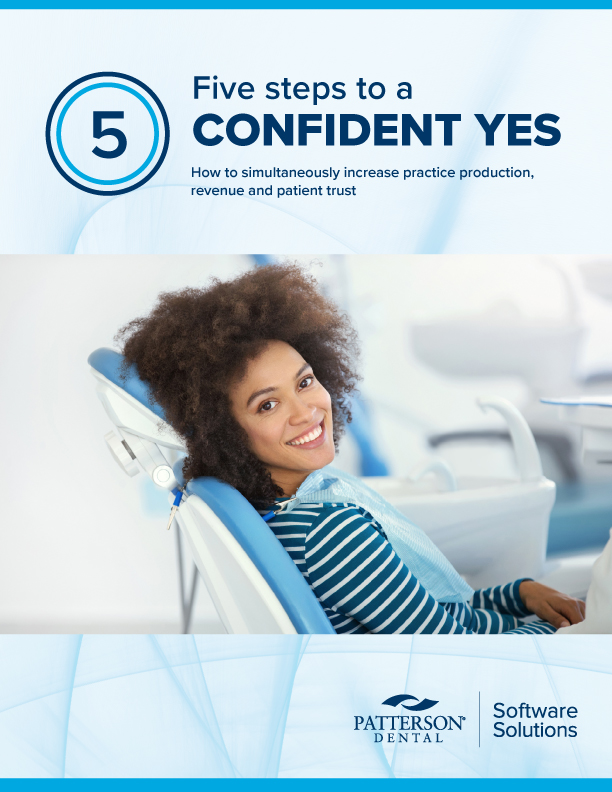ADA tells OSHA: No 'significant risk’ of workers contracting COVID-19 in dental settings
Association files formal comments in response to agency's request for information
There does not appear to be a "grave danger or a significant risk" of health care workers contracting COVID-19 in dental settings."
This was the key takeaway from comments the ADA sent to the Occupational Safety and Health Administration on April 21 in response to the agency's request for information about updating its emergency temporary standard to protect health care workers from COVID-19.
OSHA is currently considering modifying its emergency temporary standard to protect health care workers from future variants of COVID-19, according to a notice in the Federal Register. The agency is also exploring the value of removing some of the exemptions for ambulatory care facilities - including those that treat dental patients.
In the letter to OSHA, ADA President Cesar R. Sabates, D.D.S., and Executive Director Raymond A. Cohlmia, D.D.S., said "infection rates among dentists and dental teams are very low - far lower than for other health care workers, such as nurses and physicians, and even lower than in the general population." They also added that as of June 2021, at least 89.8% of dentists had been fully vaccinated and another 3.6% had received at least one dose. They also noted that as of August 2021, at least 75.4% of dental hygienists were fully vaccinated and another 5% had received at least one dose.
In the letter, Drs. Sabates and Cohlmia told OSHA that the ADA "strongly supports the Centers for Disease Control and Prevention's recommendations for health care workers and the public to be vaccinated against COVID-19, including every member of the dental team," and said the Association has encouraged members to "strictly adhere to CDC's infection control protocols and furnished all manner of guidance to help them do so."
They also pointed out that dental offices also adhere to a distinct set of infection control guidelines and recommendations that originated with another pandemic: the worldwide spread of HIV/AIDS.
"Over time, those protocols have evolved to address other airborne diseases, such as tuberculosis and influenza, and include protocols for using [personal protective equipment], and isolating patients with known or suspected cases," Drs. Sabates and Cohlmia said. "Adherence to these setting-specific guidelines has contributed to the low incidence of COVID-19 in dental settings."
They also shared dentists have looked to the ADA for guidance about how to safely treat patients and protect office staff during COVID-19 and noted that the ADA has provided guidance documents, FAQs, digital learning opportunities and other resources to help dentists understand federal agency guidelines, identify office hazards, use personal protective equipment, implement masking guidelines and more.
Follow all the ADA's advocacy efforts at ADA.org/advocacy .



